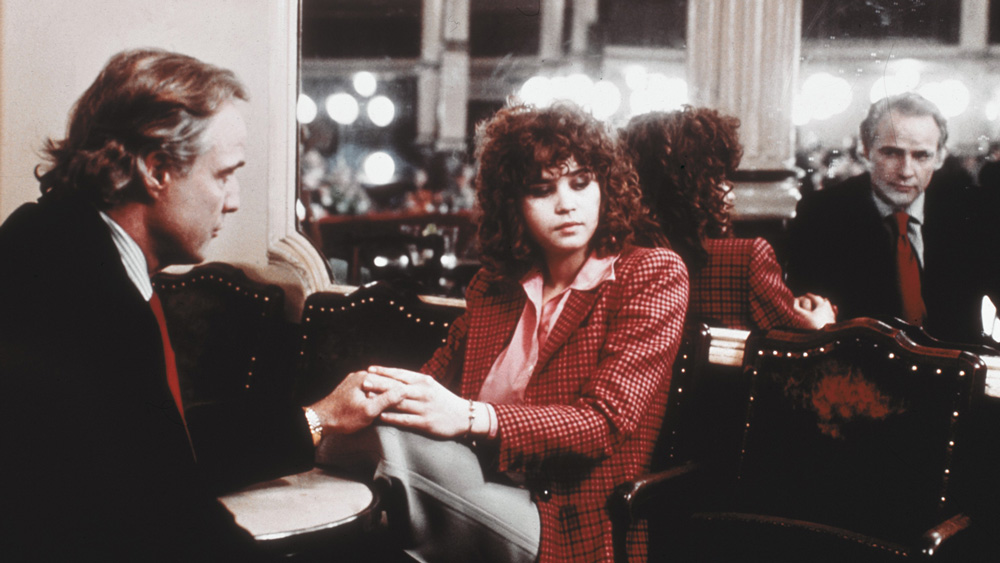
(C)2017 Metro-Goldwyn-Mayer Studios Inc. All Rights Reserved. Distributed by Twentieth Century Fox Home Entertainment LLC.
"Last Tango in Paris" The inspiration that painter Francis Bacon gives to film directors, its origins
2019.11.11
Vittorio Storaro's outstanding descriptive ability
Bertolucci asked Vittorio Storaro, a cinematographer he had worked with since " The Assassin's Opera " (1970) and " The Conformist, " to capture Francis Bacon's worldview on film. Storaro is a legendary artist who has thoroughly studied Western paintings and incorporated light and shadow techniques into his photography, having won the Academy Award for Best Cinematography three times, including for " The Last Emperor ."
What he depicts are the aged streets and iron bridges of Paris, the elevators of apartment buildings, rooms, the fresh bodies of young women and the loose bodies of middle-aged men. His achievement in perfectly depicting these things with light, shadow, color, bold close-ups and unobtrusive, flowing camerawork is enormous. In particular, the shots of faces captured through the frosted glass of apartments and cafes instantly blur the subject, recreating the characteristic of Francis Bacon's paintings, which elicit a sense of unease in the viewer.

“Last Tango in Paris” (C)2017 Metro-Goldwyn-Mayer Studios Inc. All Rights Reserved. Distributed by Twentieth Century Fox Home Entertainment LLC.
Francis Bacon's paintings, full of imagination and both pure and impure, were brought to light once again in this film, and have since ignited the imaginations of many filmmakers. The influence of his paintings can be seen in many scenes in almost all of David Lynch's works, including Eraserhead (1977) and Blue Velvet (1986). Adrian Lyne's Jacob's Ladder (1990) also aimed to portray Francis Bacon's paintings in live-action.
When Christopher Nolan was creating the late Heath Ledger version of the Joker in " The Dark Knight " (2008), the reference that he showed the makeup artist was a painting by Francis Bacon. In the film, there is an exhilarating scene in which the Joker leans out of a moving car and lets the wind take over his body, and his body sways slightly and his face distorts with satisfaction, exactly like the technique used in Francis Bacon's paintings. In Tim Burton's version of " Batman " (1989), the painting also appears as is in the museum scene.
“The Dark Knight” preview
Francis Bacon's paintings shake up the viewer's common sense, exuding a dangerous allure that is both repulsive and irresistible at the same time, and thus capture the hearts of creators who seek poisonous, visually intense works.

